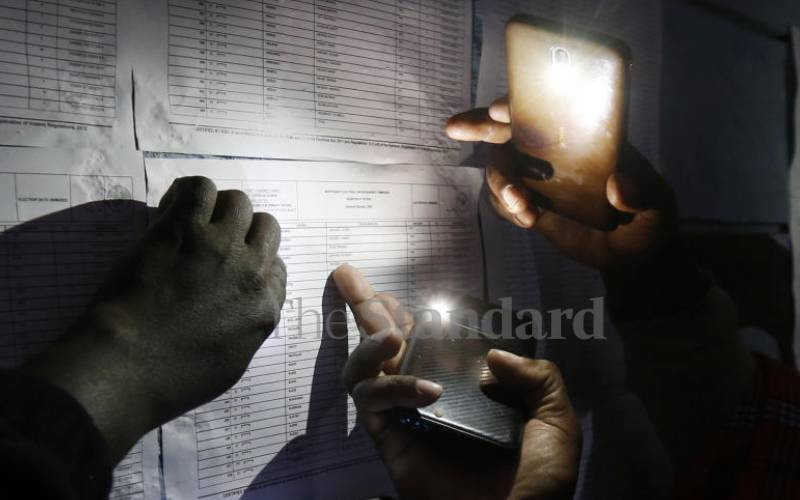
The low voter turnout in this year’s national elections may have been driven by feelings of despondency among the youth.
Close to 40 per cent of the 22.1 million registered voters in Kenya are young people. It is probable that most of them were born after the turn of the millennium. They are therefore unlikely to appreciate the fundamental rights and liberties they enjoy today epitomised by the exercise of universal suffrage.
Yet a chronicle of Kenya’s electoral history reveals tremendous progress in the opening up of democratic space. Those old enough remember the 1988 elections held when Kenya was still a one-party state. At the time, there was a sole candidate for the presidency who was elected automatically without a vote being cast. Contestants for the 188 parliamentary seats were elected by queue-voting. And in a travesty of justice, many of those with the shortest queues were declared winners.
The 1992 elections were our first multi-party elections since 1966. This was after political agitation by a section of disgruntled Kenyans tired of the monolithic Kanu party rule. In the fight to repeal Section 2A of the Constitution, which had converted Kenya into a one-party state, many suffered reprisals from the State. Eventually, pressure from within and without the country prevailed and Kenyans got alternative vehicles for political expression.
Although Kanu retained power after the 1992 elections, democratic gains were registered. An articulate opposition and a vibrant civil society were spawned. Their agitation in the face of an intransigent government eventually culminated in the formation of the Inter-parties Parliamentary Group (IPPG) in 1997. The IPPG laid the standards for voter registration, issuance of identity cards to eligible voters, party nomination processes and the professionalisation of the electoral commission.
The 2002 elections saw Kanu suffer a shock defeat. For the first time in independent Kenya, the ruling party ceded power to a coalition of political parties called Narc. Under President Mwai Kibaki, the economy grew by leaps and bounds and a survey saw Kenyans nominated a the most optimistic people in the world. However, the political alliances of convenience soon started crumbling to the extent that by 2007, the various Narc constituent parties had gone separate ways.
The 2007 elections were marred by allegations of massive rigging. What followed was internecine strife that found deadly expression in the infamous post-election violence of 2008. With scores killed and others internally displaced, the Independent Review Commission was set up to look into Kenya’s electoral woes. The Kriegler Commission, as it was commonly known, was to inquire into all aspects of the 2007 general elections with particular emphasis on the presidential elections.
The 2010 Constitution was one of the outcomes of the commission. It spelt out a raft of measures regarding the conduct of national elections. It led to the creation of the Independent Electoral and Boundaries Commission led by commissioners who are constitutional office holders and thus, protected from the vagaries of the political elite. The Constitution also created the Supreme Court, which is a court of first and last call in presidential election petitions.
The 2013 elections were the first held under the new Constitution. These elections were remarkable for the absence of the spectre of political violence and the fact that presidential losers had recourse to trusted courts of law. This was unlike previous years when the courts were populated by lackeys of the Executive and could not be relied on to be just arbiters of electoral disputes.
The elections of 2017 saw further reforms in Kenya’s electoral laws. These included the finality of the returning officer’s word at polling stations and the electronic transmission of results in real-time to preclude rigging.
Dr Liisa Laakso of the Nordic Africa Institute says, “democracy is measured by indicators such as the quality of elections and Executive accountability.” The young may not be aware of it, but this chronological audit of Kenya’s democratic elections shows that the country has come of age.
-Mr Khafafa is a public policy analyst